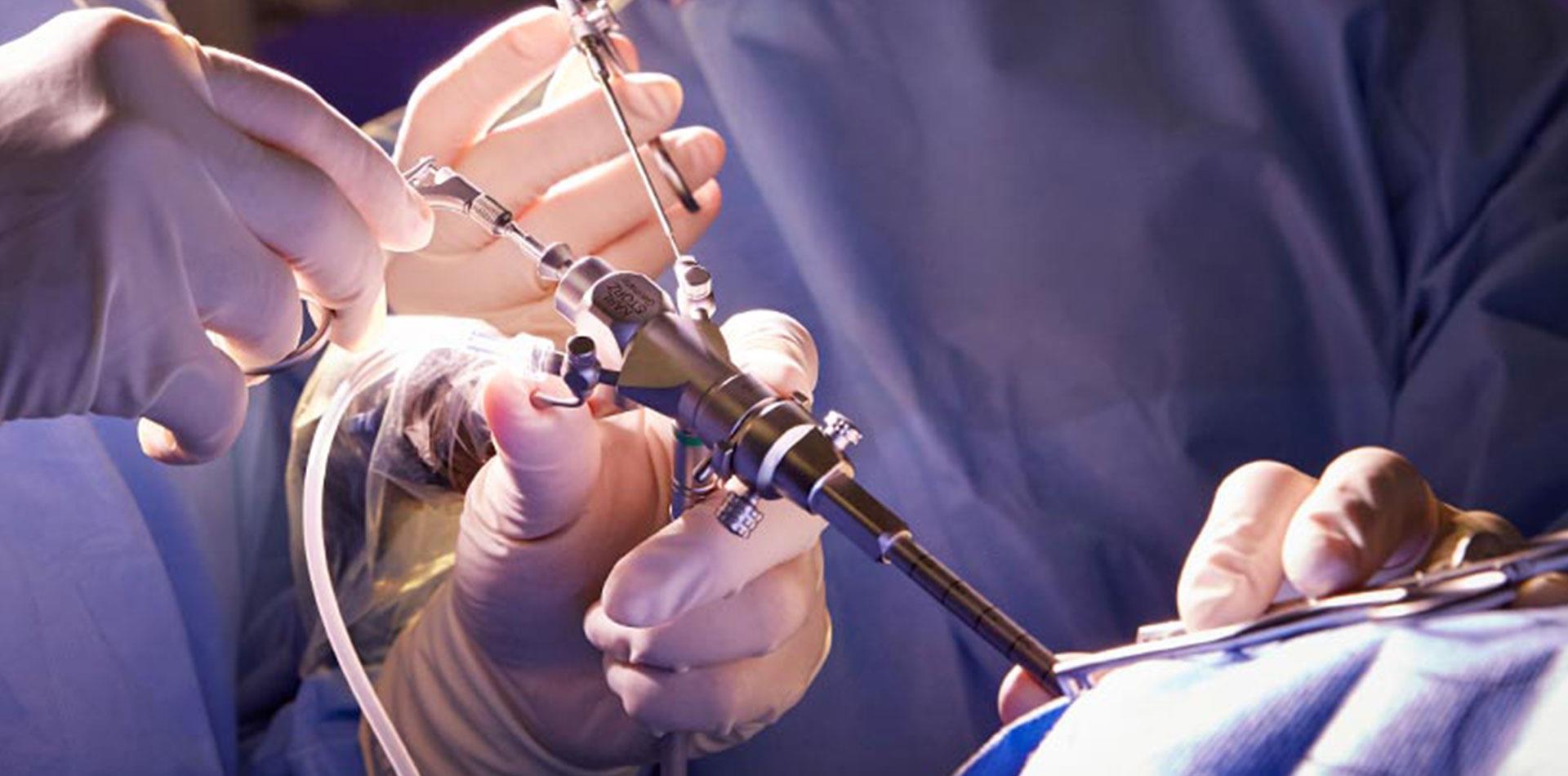 Neuroendoscopy
Neuroendoscopy
Neuroendoscopy :
Neuroendoscopy is a popular choice of neuro physicians and surgeons, to treat serious conditions of the Central Nervous System which includes the brain and spinal cord, or repair any craniofacial damage. It helps surgeons access those parts of the brain which are hard to access through traditional, incisional surgery.
In this procedure, the surgeon makes one or two dime-sized incisions or holes on the skull to insert the endoscope. Alternately, he/she may use the mouth or nose cavities to access the brain through the sinuses.